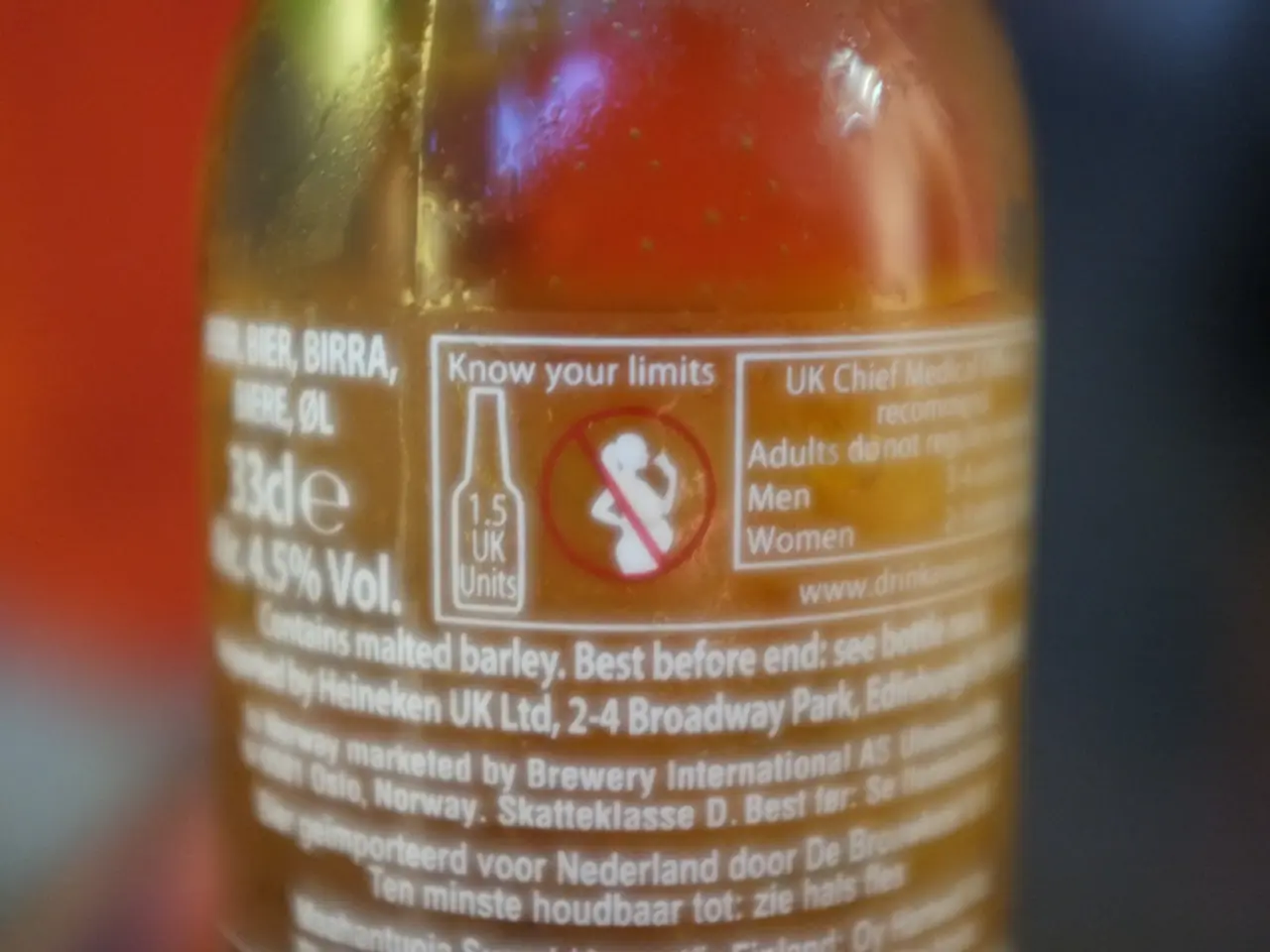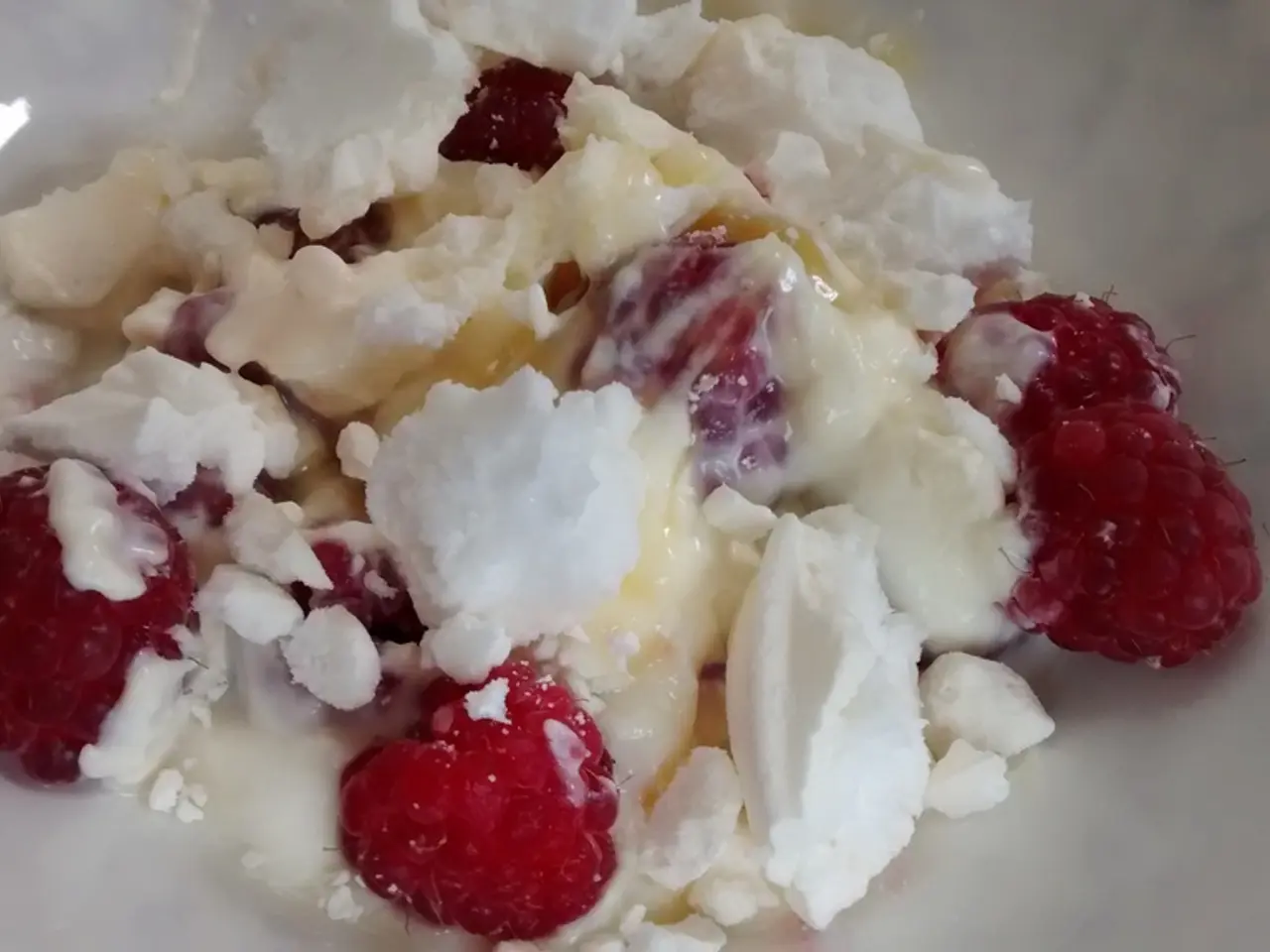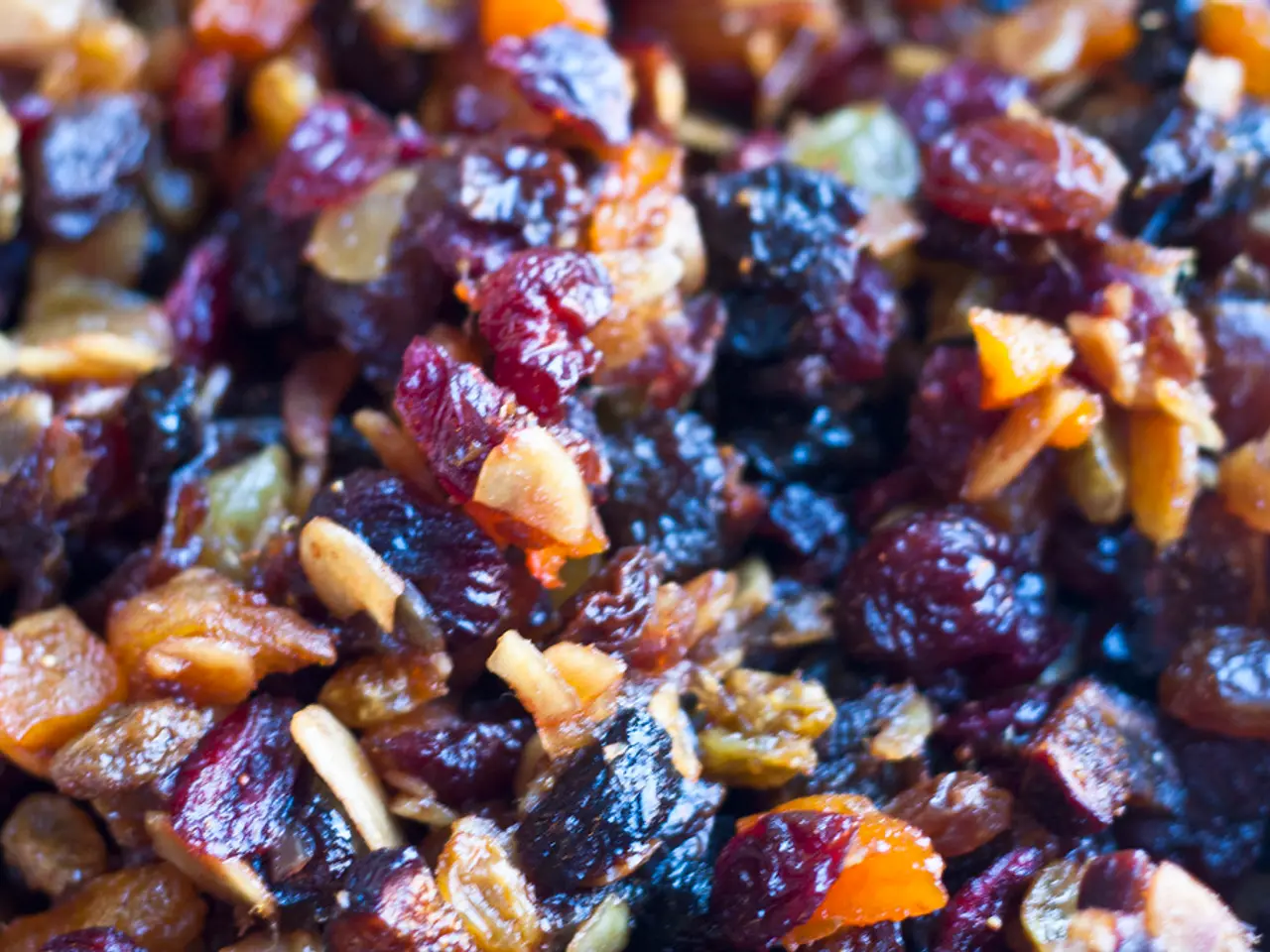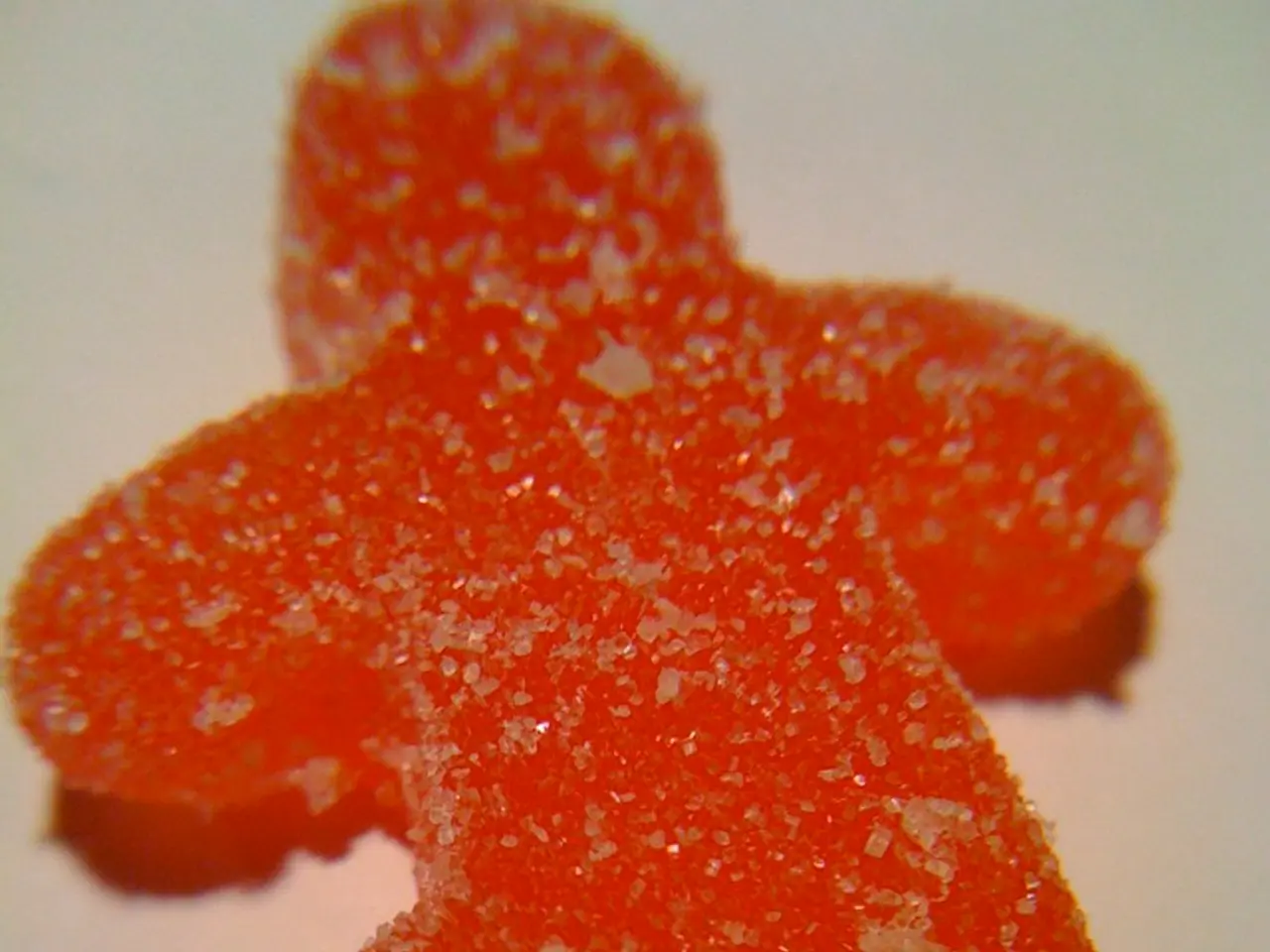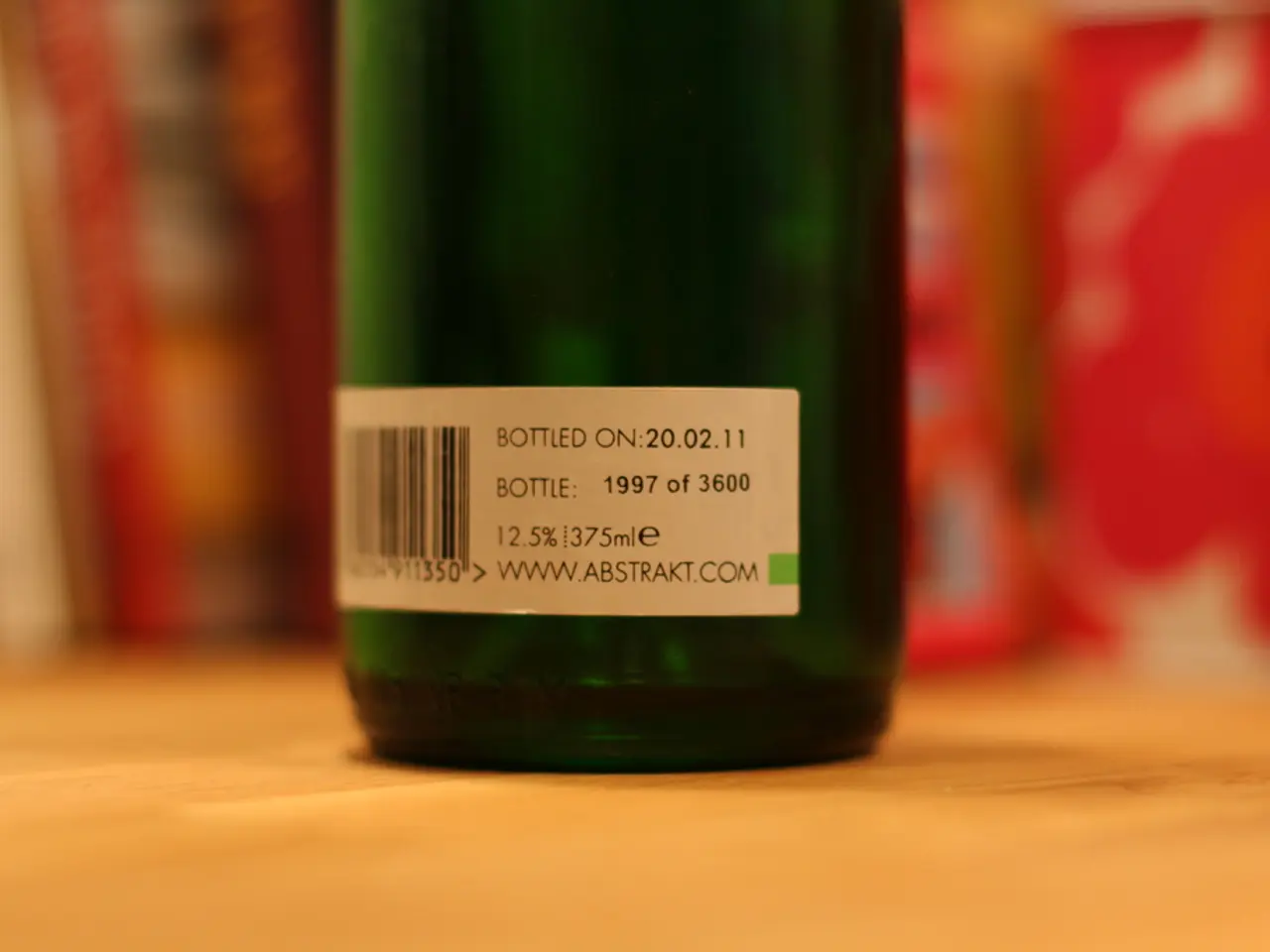Ivy Poisoning: Causes, Remedies, and Safety Measures
Poison ivy, a common plant native to North America and a member of the cashew family, is known for causing a blistering rash upon contact with its sap, which contains an oil called urushiol. Here's a guide to the most effective over-the-counter (OTC) treatments for preventing or alleviating poison ivy reactions.
For immediate prevention after suspected exposure, using specialized cleansers like Tecnu Outdoor Skin Cleanser can help remove urushiol oil before it binds to the skin and triggers a reaction. It's ideal to do this within 10 minutes if possible.
In terms of treatment, hydrocortisone cream, calamine lotion (especially formulations like Ivarest), oral antihistamines, and oatmeal baths are among the most effective OTC options.
Hydrocortisone cream reduces inflammation, redness, and itchiness at the site of the rash. Topical corticosteroid creams, especially hydrocortisone 1% cream, are particularly effective.
Calamine lotion is a classic remedy that soothes itching and helps dry out weepy blisters. Products like Ivarest Poison Ivy Itch Cream combine calamine with ingredients like benzyl alcohol and menthol to provide both soothing and cooling effects without the messiness of runny lotions.
Oral antihistamines, such as diphenhydramine (Benadryl), can help reduce itching and allergic reactions systemically. However, it's important to note that Benadryl and other antihistamines like Zyrtec can cause drowsiness, so people should avoid taking them during the day if they need to be awake and alert. Oral antihistamines such as fexofenadine (Allegra), cetirizine (Zyrtec), or diphenhydramine (Benadryl) can ease inflammation and itching.
Oatmeal baths offer gentle relief by soothing irritated skin and calming itchiness.
Cool compresses applied to affected areas can relieve itching and reduce swelling.
For severe rashes and large numbers of blisters, oral corticosteroids may be necessary. However, it's crucial to consult a doctor before taking any new medications, including over-the-counter drugs.
The American Academy of Dermatology recommends using a topical treatment with bentoquatam to help prevent the skin from absorbing urushiol.
It's essential to remember not to scratch or burst blisters, as this can lead to infection. If the rash becomes infected, a doctor may prescribe oral or topical antibiotics.
Poison ivy leaves are compound, consisting of three leaflets that range from light to dark green. The plant tends to climb telephone poles and trees, and it mainly grows on the edges of woodland, in areas with plenty of sunlight. It produces green berries and green-yellow flowers in spring.
In conclusion, early washing with a poison ivy scrub cleanser is crucial for prevention, and hydrocortisone cream, calamine lotion (especially formulations like Ivarest), oral antihistamines, and oatmeal baths are among the most effective OTC treatments to prevent or mitigate poison ivy reactions.
- After suspected poison ivy exposure, specialized cleanser like Tecnu Outdoor Skin Cleanser can effectively remove the urushiol oil before it binds to the skin.
- Calamine lotion, such as Ivarest, combines ingredients like benzyl alcohol and menthol to relieve itching and dry out weepy blisters.
- Oral antihistamines, including diphenhydramine (Benadryl), help reduce itching and allergic reactions systemically, but may cause drowsiness.
- Oatmeal baths provide gentle relief by soothing irritated skin and calming itchiness.
- For severe rashes or large numbers of blisters, oral corticosteroids may be necessary, but a consultation with a doctor is critical before taking any new medications.
